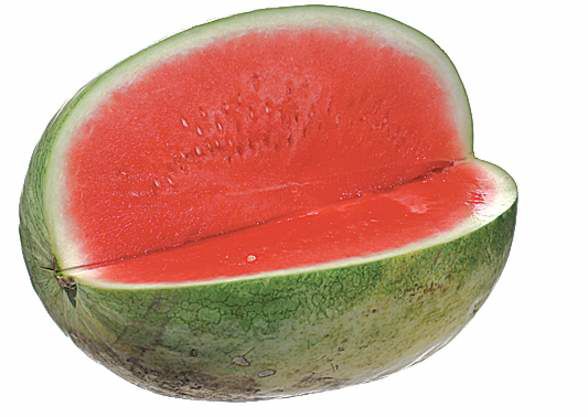Can do: How to preserve tomatoes
Published 5:00 am Tuesday, July 26, 2011

- There may be disagreement on how to categorize watermelon, but one thing is for certain: This summer staple is versatile, refreshing and delicious.
Q: Are there other ways to preserve tomatoes besides canning?
A: There are several other ways to preserve your bounty. One is oven-drying. This method –cooking the tomatoes at low heat for several hours — concentrates the flavor, giving it a rich zing. Once dried, tomatoes can be frozen for up to six weeks. Use them chopped to add depth to sauces and soups. Also try substituting them for basil in pesto. Toss the mixture with pasta or use it as a sandwich spread; the intense taste can transform a dish. For a recipe, go to www.marthastewart .com/oven-dried-tomatoes.
Trending
You could also make a large pot of your favorite sauce with the extras. Divide it into airtight containers and store in the freezer for up to six months.
If you have green tomatoes that won’t ripen by the first frost, try pickling them. Sliced, they’re delicious in sandwiches and will keep in the refrigerator for up to one month. For a recipe, go to www.marthastewart .com/pickled-green-tomatoes.
Watermelon: vegetable or fruit?
Q: How can watermelon be Oklahoma’s state vegetable? I thought it was a fruit.
A: Botanists describe fruit as the fleshy part of a plant that contains seeds and a vegetable as any other edible plant part. The rest of us tend to think in terms of flavor — fruits are sweet and vegetables aren’t. So while a botanist considers a tomato a fruit, the less botanically minded see it as a vegetable. By either definition, watermelon is a fruit.
But in 2007, the Oklahoma legislature declared the watermelon the state’s official vegetable. The reasoning? According to the law, “The watermelon may in fact be considered both a fruit and a vegetable as a result of its membership in the botanical family Curcurbitaceae, with other family members such as the cucumber, pumpkin and squash.”
Trending
However watermelons are defined, Oklahoma produces tons of them — about 20,000 in 2008. Every summer, several fairs celebrate the state vegetable. The town of Valliant in southeastern Oklahoma, near the Texas border, kicks off the festivities this year on July 29 with the Watermelon and Craft Show.
A garden ornament with history
Q: I saw mushroom-shaped “staddle” stones in Ireland recently. Where can I find these in the United States?
A: For hundreds of years, these mushroom-shaped stones functioned as stilts, lifting granaries and corncribs in Great Britain and Ireland about 2 feet off the ground in order to protect cereal crops from flooding and vermin (the overhang of the staddle stone’s top portion is said to be nearly impossible for rodents to crawl over).
By the 20th century, the stones were still standing, although many of the granaries and corncribs weren’t. Gardeners in the U.S. bought them to use as ornaments, says Barbara Israel, of Barbara Israel Garden Antiques, in Katonah, N.Y.
Staddle stones look beautiful alone as an accent in an English-style garden. A collection of staddle stones lends character to any landscape. Genuine ones have been sold through auctions for thousands of dollars. Stonemasons who specialize in garden ornamentation create and sell reproductions for less than $200, but these lack the patina of lichen and moss that grows on a genuine antique staddle stone.








